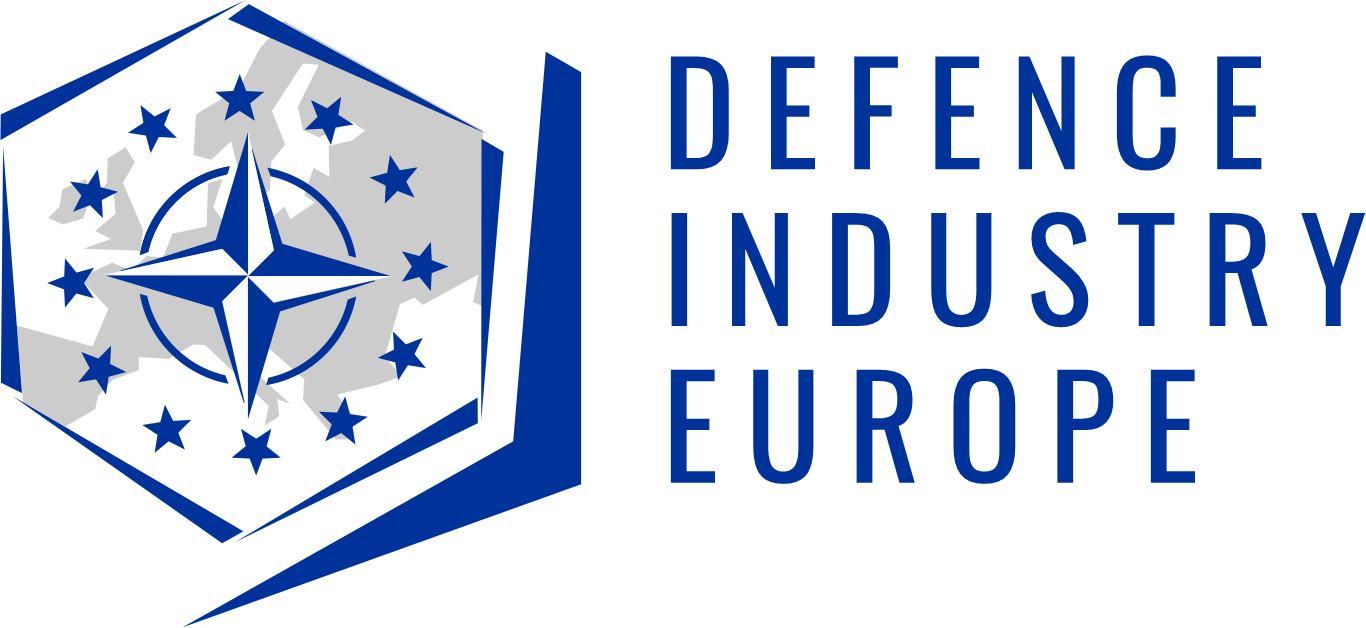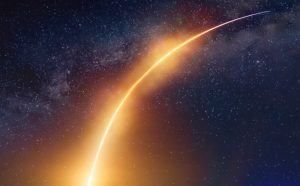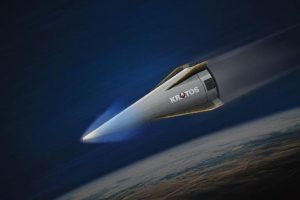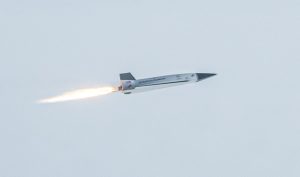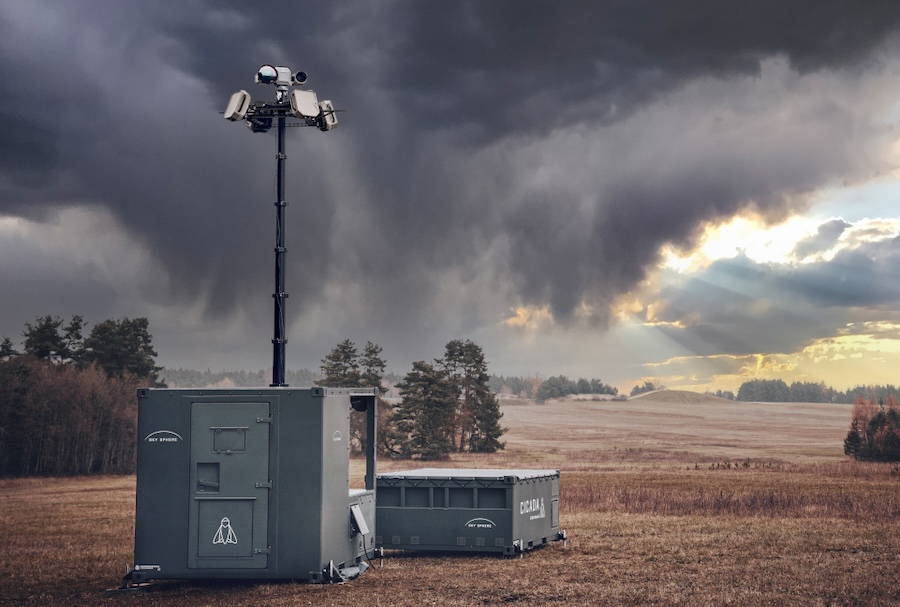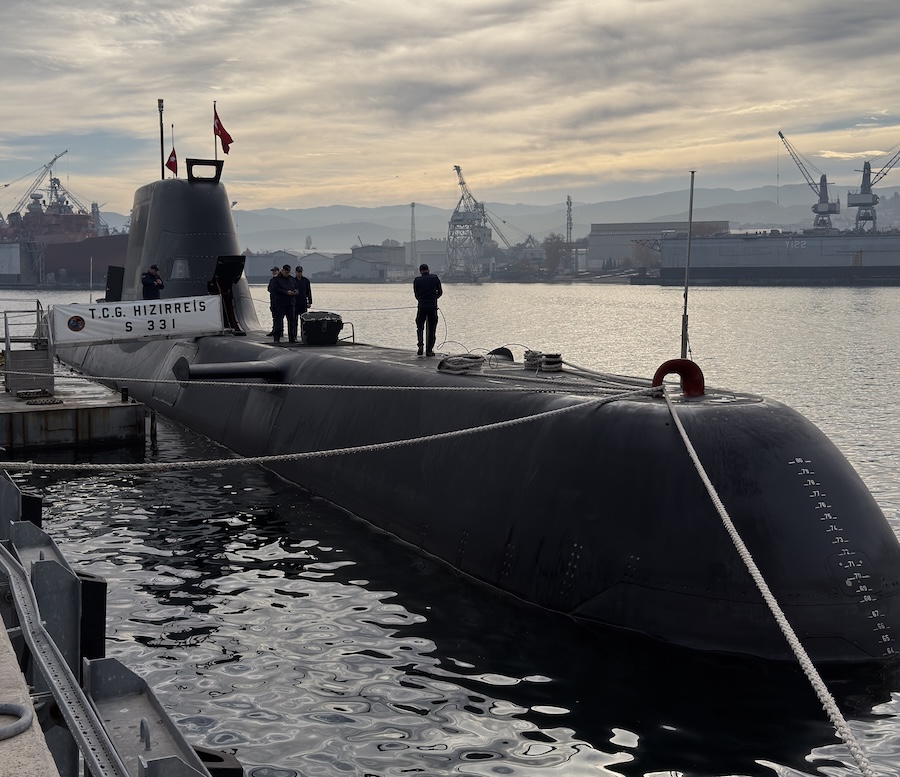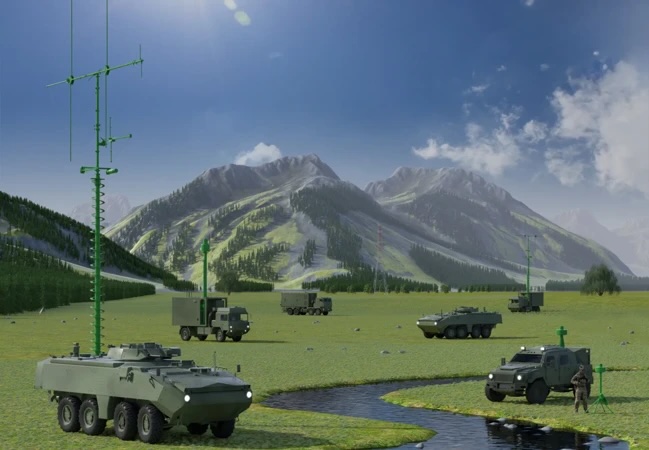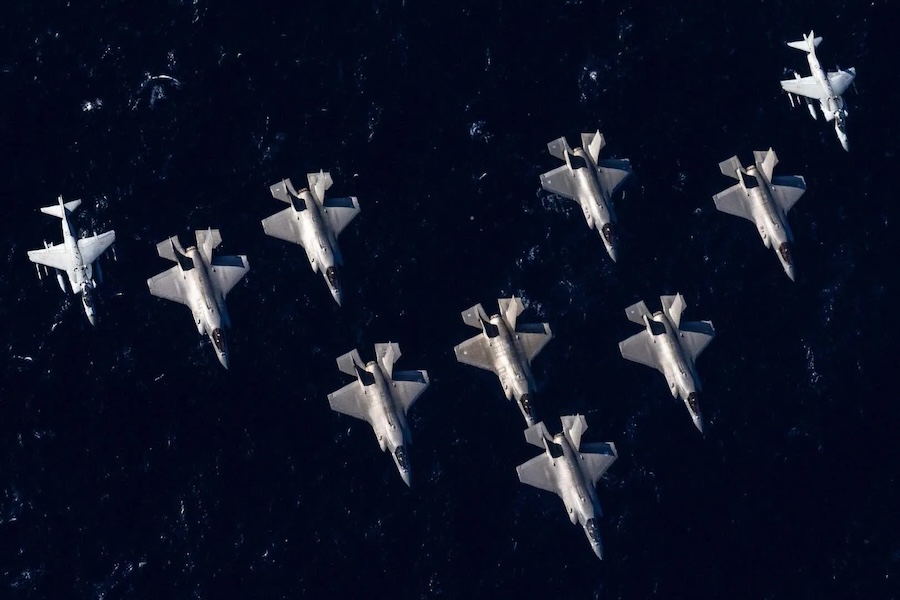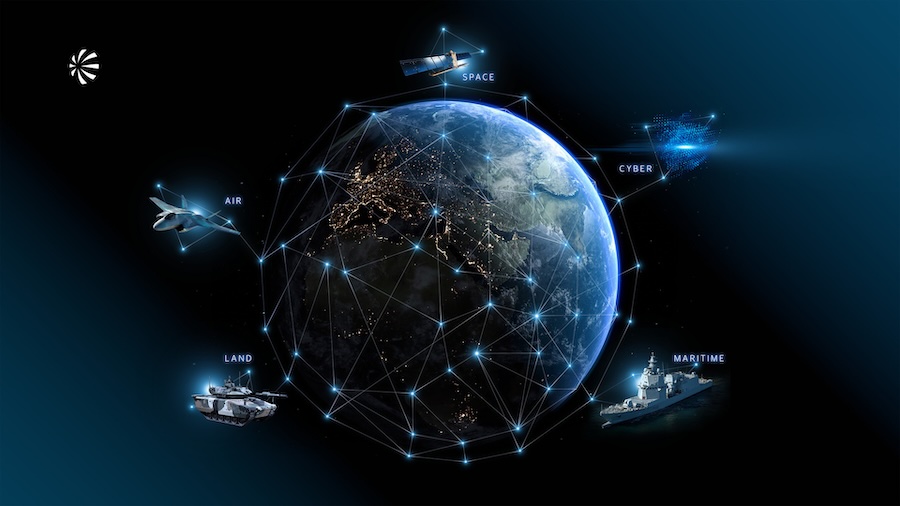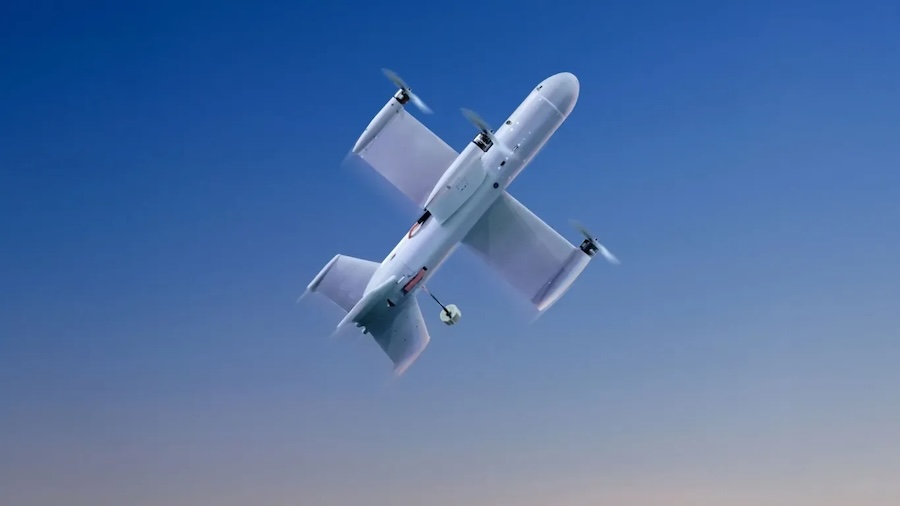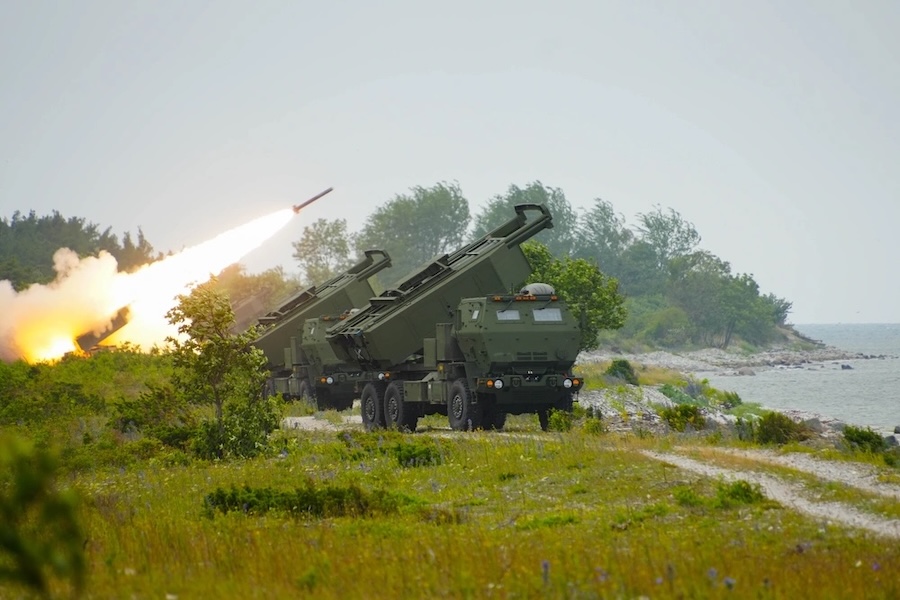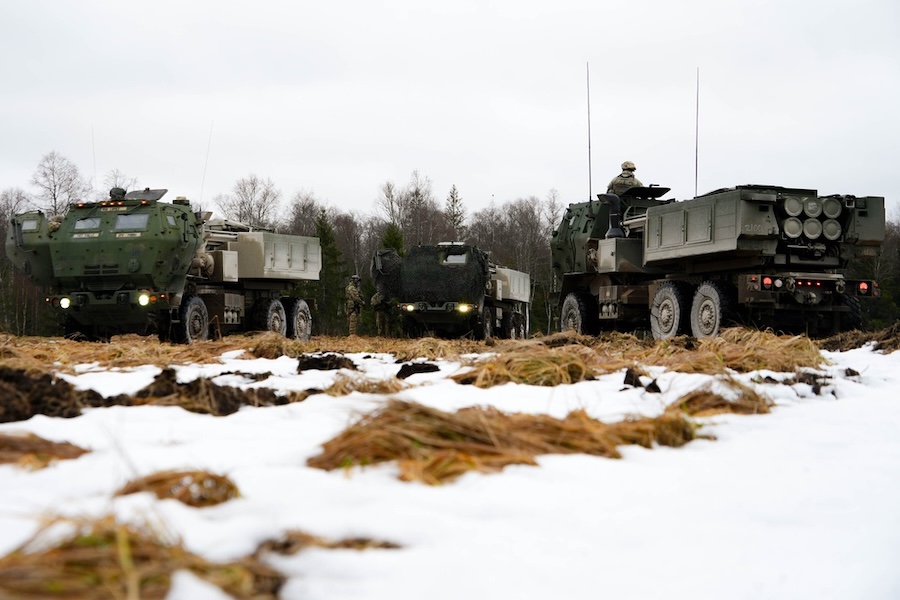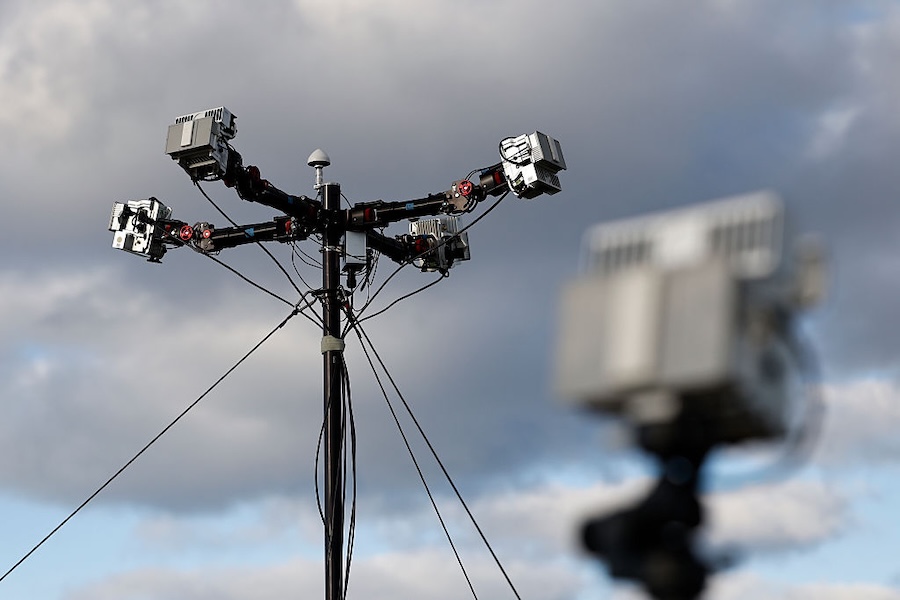Led by the DOD’s Test Resource Management Center (TRMC) in collaboration with the Naval Surface Warfare Center, Crane Division, the test campaign represents the first reusable hypersonic flight testing since the X-15 hypersonic research programme ended in 1968. The Talon-A hypersonic vehicle, powered by a liquid rocket engine and launched from a carrier aircraft, achieved speeds greater than Mach 5 over the Pacific Ocean before landing at Vandenberg Space Force Base, California.
The TRMC’s Multi-Service Advanced Capability Hypersonics Test Bed (MACH-TB) project aims to accelerate the delivery of advanced hypersonic capabilities to the warfighter. This is achieved by providing the DOD, other federal agencies, industry, and academia with the means to conduct hypersonic experiments and test system components rapidly and affordably.
George Rumford, director of TRMC, explained the significance of the project, stating: “Historically, a hypersonic development program would conduct the first flight test of a new aeroshell material, GPS unit, or other system component in a costly, full-system weapon test.” He noted that due to high costs, a programme might perform only one or two full-system weapon tests per year, which could delay further testing if a failure occurred.
Traditionally, the high stakes associated with flight tests led to over-engineering, resulting in heavier and bulkier components. “The aeroshell material would have to be thicker and heavier, sacrificing range and maneuverability,” Rumford said, highlighting the challenges faced in past hypersonic development.
The MACH-TB project adopts a different approach by leveraging commercial space launch services. This allows for testing components and materials under hypersonic conditions at relatively low cost, facilitating rapid iteration and retesting based on real data.
Rumford emphasised the progress made with the new methodology, noting: “Demonstrating the reuse of fully recoverable hypersonic test vehicles is an important milestone for MACH-TB.” He added that the lessons learned from the recent tests will significantly reduce vehicle turnaround time from months to weeks.
Source: U.S. Department of Defense.


